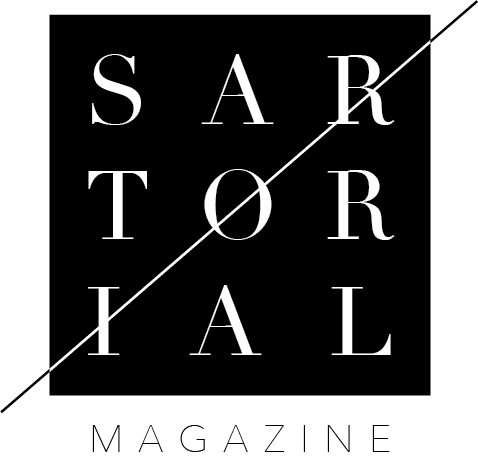‘The Velvet Rage’: An Underutilized Tool for Gay Men
Written by Hadley Berry
Graphic by Hadley Berry
In the summer of 2024, I signed up to take an anthropology course offered at Missouri State University. Once we got to the unit over gender and sexuality, the book “The Velvet Rage” by Alan Downs was mentioned in one of our assignments. It piqued my interest, but after the course came and went, I had forgotten about the book until late August when I was in Bookmarx, a local bookstore in Springfield. Nestled in the psychology section was the second edition of “The Velvet Rage.” I purchased the book; little did I know how much a $7 novel would change me.
Using improved research from earlier work, stories from his patients, and his own struggle with the intense shame and anger of being gay, Downs lovingly dives into the life stages of queer men.
Alan Downs is a psychologist currently located in Beverly Hills, California. Downs is the former CEO of Michael’s House Treatment Center, and currently runs a private psychotherapy practice and intensive outpatient addiction program. He released the second edition of “The Velvet Rage” in 2012, adding two chapters and an epilogue to the original 2005 version.
Multiple times in his writing, Downs lets the reader know that this book is specifically focused on gay men and their struggles.
“The experience of being a gay man in the twenty-first century is different from that of any other minority, sexual orientation, gender, or culture grouping. We are different from, on the one hand, women, and on the other hand, straight men,” he wrote in the book’s first page. While this book is focused on the shared experiences of gay men, it’s not only for gay men. Anyone could read this book and walk away with new knowledge and helpful resources and skills.
“The Velvet Rage” is divided into four sections. The first section, “The Roots of Rage,” holds the first three chapters. These chapters focus on the struggles associated with being gay at a young age. “The Little Boy with a Big Secret,” “Ugly Truths & High-Fashion Dreams,” and “Out & Raging” expose the early stages of being a gay man and introduce the central themes in the book: the all-consuming shame and rage associated with being a gay man, the need for validation from others, and the performative inauthenticity of oneself.
In the second section, Downs begins his thesis of dividing the gay man’s life into stages, starting with stage one. “Stage One: Overwhelmed by Shame” explores how society’s homophobia and toxic masculinity leads to intense shame and identity crises. Stage one perfectly encapsulates how being a gay man opens the doors to being hurt. Gay men are taught that our authentic self isn’t natural or accepted post-coming out, whether it be from family, friends, or a random person on the street.
Section three is titled “Stage Two: Compensating for Shame.” Stage two uncovers what life is like for a gay man after experiencing the disappointments mentioned in stage one. Downs writes that in this period of time, so many gay men tend to resort to substance abuse, exploiting themselves, and choosing unhealthy life habits.
“Because the shame over a failed relationship is too distressing, he chooses to fill his mind with other things rather than rethinking the memory of a failed relationship,” Downs wrote. Gay men will cope with trauma in detrimental ways in hopes of reimbursing themselves from the previous pains life has dealt them.
The final section is the most valuable section of the book. “Stage Three: Cultivating Authenticity” teaches the reader ways to heal gay trauma. Chapters 11-13 are generous in describing the healthier ways to live life and offer more optimistic strategies to view oneself. Chapter 14 — my favorite of the book — is dedicated to giving gay men genuine and proven skills to live an authentic, shameless life. Processing before reacting to an intense feeling, Never reacting while feeling an intense emotion, valuing contentment over approval, and putting focus on what is happening now rather than the past or present were some of the skills that stand out the most.
I never expected a book to affect to the extent in which “The Velvet Rage” did. The text itself, even the chapter titles, hit me emotionally in places that haven’t been tapped in years. Being the little boy with a big secret myself, I tried to hide the ugly truth through glitz and glam, and the denial fueled me to become a rage-filled shell of a human. I grew up in a small-minded town, where anything different was wrong; the worst thing a man could be was feminine. I was young and just wanted to be authentically me, a feminine boy who just wanted to be loved and accepted for those qualities. Society’s treatment of gay men led me down paths discussed in this book; substance abuse, self-isolation, inauthenticity, for example. Reading “The Velvet Rage” helped me realize that my experiences and past are shared with other gay men. I read this book to better myself, but it gave me the knowledge to support other gay men who were once that little boy with a big secret.
“The Velvet Rage” was a life-altering read. The subjects and information provided in the pages of this book have had a major impact on myself and how I view my daily life. It’s a major piece of gay history that has gone underrepresented for many years. This book offers a new understanding of the lifestyles of gay men, helps gay men find contentment, can be a tool for straight parents to recognize the struggles of their gay sons, and shows how to treat yourself and others with compassion.

